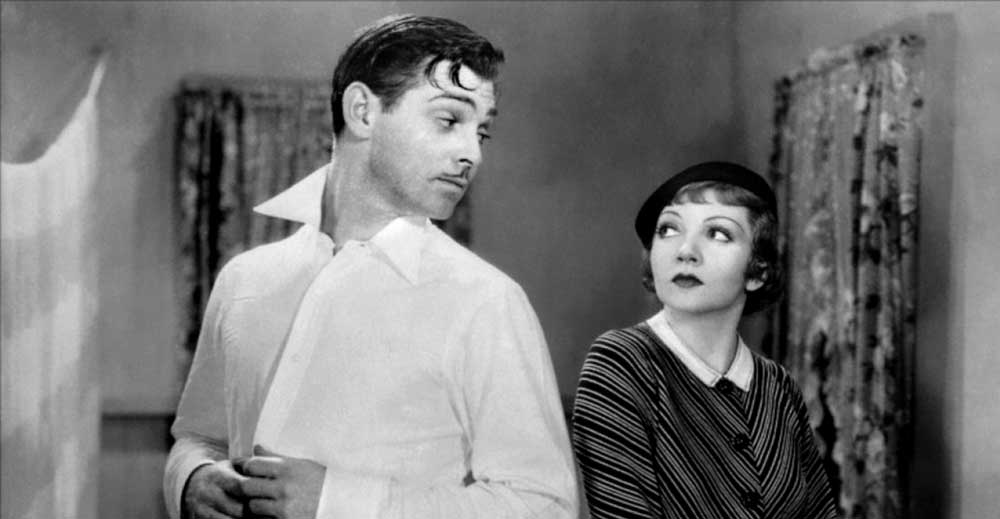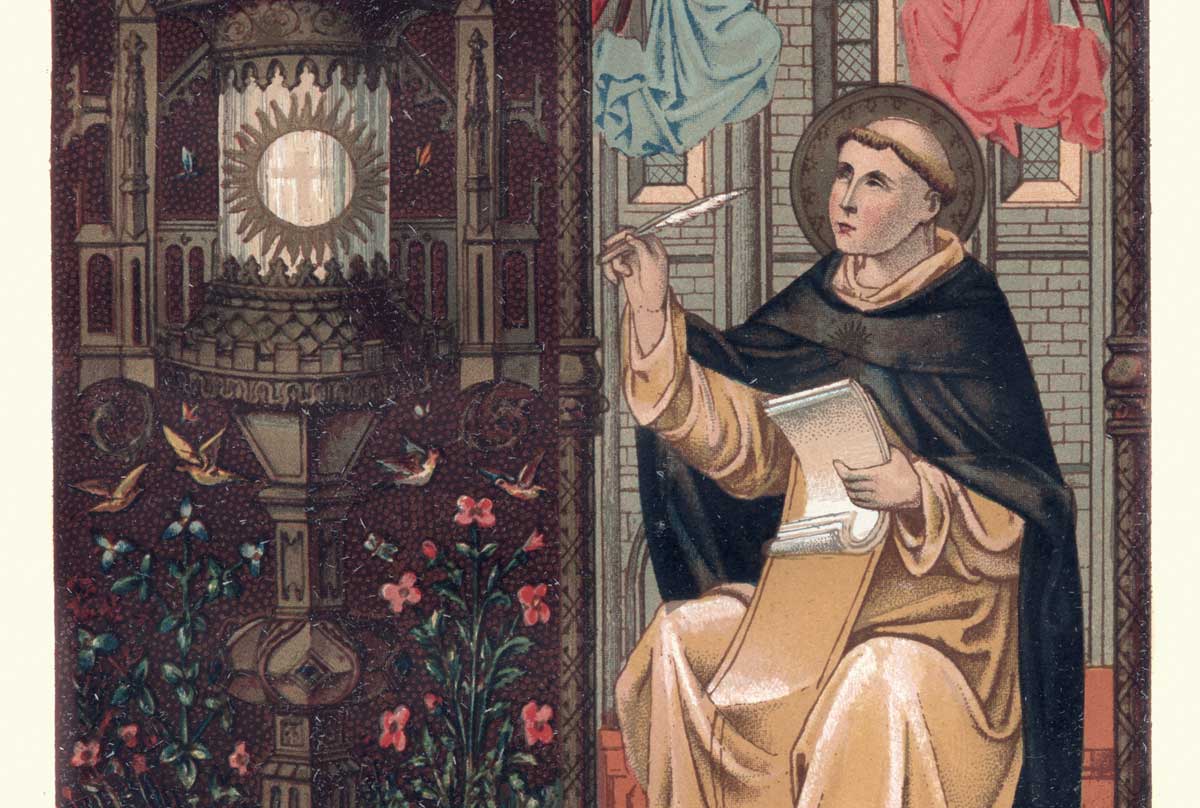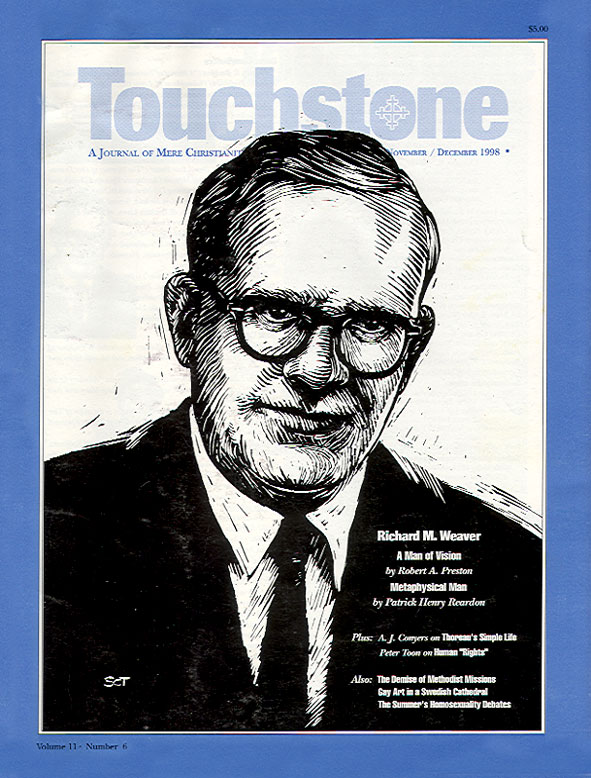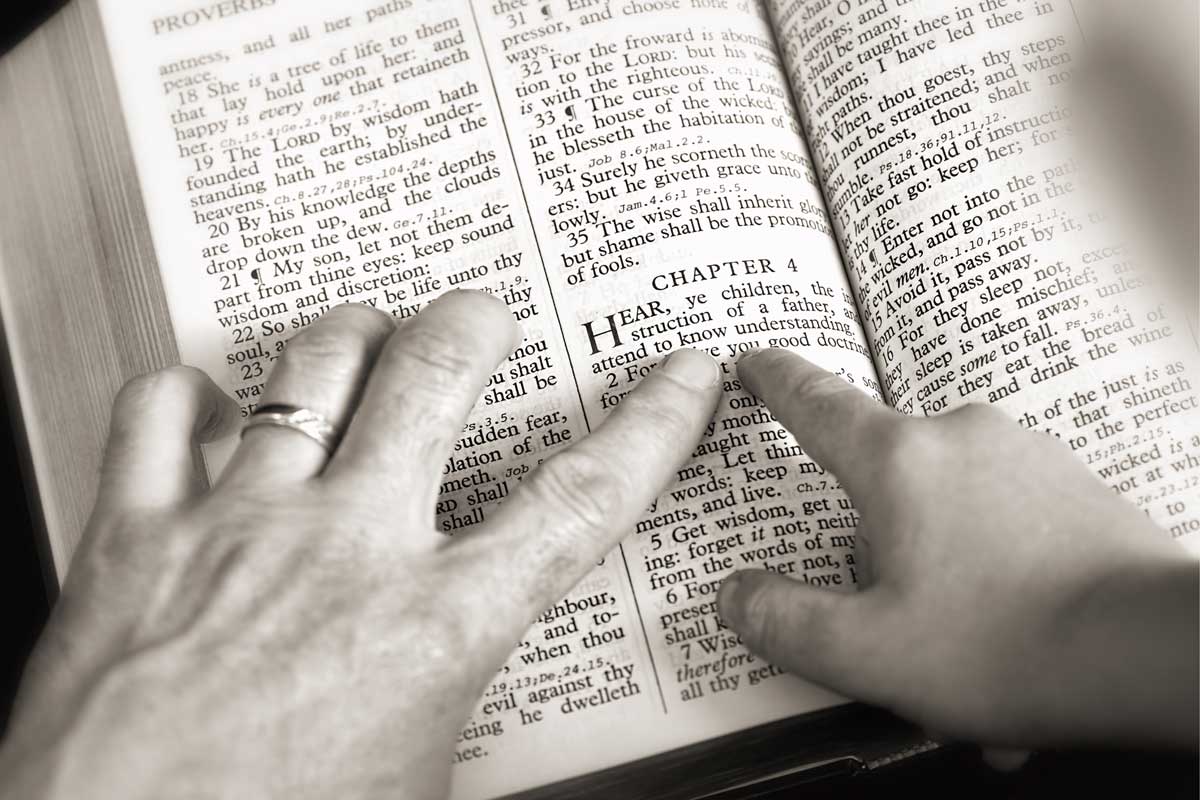Berserker in the Cathedral
Gay “Art” Exhibition in Swedish Lutheran Cathedral Provokes Uproar in Press & Recriminations Between Churches
by William J. Tighe
Uppsala Cathedral is the seat of the Lutheran archbishop of Uppsala and primate of the Church of Sweden, the one Protestant church of the Reformation era in addition to the Church of England that can claim with an appearance of plausibility to have preserved the “apostolic succession” of its bishops throughout the tumults of the times. It was also recently the scene of a gay “art” exhibition that has caused a groundswell of controversy in the Swedish press, caused the Vatican to cancel a meeting between the Swedish primate, Karl Gustav Hammar, and the pope (leading Hammar, in turn, to cancel his visit to Rome), impelled leading Catholic and Pentecostalist church figures in Sweden to call into question Hammar’s position as ex officio Chairman of the Swedish Council for Ecumenical Relations (of which both of the above bodies, among others, are members), and, as a result of Hammar’s outspoken defense of the exhibition, led to calls for the resignation of the 55-year-old archbishop, who was appointed only in 1997.
For some years Uppsala has been the site of an annual event entitled “Culture Night”—a title whose ambiguities have only now been fully revealed—at which recitals, plays, meetings, art exhibitions and the like take place. This year an organization entitled “The Ecumenical Group for Homosexuals in Uppsala” arranged for an “art exhibition” called “Ecce Homo” to take place in Uppsala Cathedral on Saturday, September 19. The initiative for the exhibition was taken by the dean of the Cathedral, Dr. Tuulikki Koivunen Bylund, a woman priest, who overrode the objections of the parish council of the cathedral congregation to using the historic center of Swedish Christianity as the venue of an exhibition that had originally appeared at a “Gay Pride” conference in Stockholm earlier in the year.
The “art exhibition” consisted of twelve photographs taken by a professional photographer and professed lesbian, Elisabeth Ohlsson, which were projected onto a big screen that, as a commentator in the October 14, 1998 issue of the conservative newspaper Svenska Dagbladet noted, obscured the cross in front of which the screen was set up. The exhibition was part of a program that ran three times, at 7, 9, and 11 p.m. on the evening of the 19th, and took place in the context of a “service” of Scripture readings accompanied by commentary from the photographer herself. After each “service” there was “a public discussion” moderated by two Church of Sweden clergy and a pastor from the “Mission Covenant Church,” a nineteenth-century revivalistic denomination whose contemporary stance might best be described as “liberal congregationalism,” as well as “an opportunity to reflect over the thoughts which the pictures had evoked” in three smaller groups, each one of which was moderated by a woman, two of them clergy of the Church of Sweden, one of whom was a self-professed lesbian. A total of twelve thousand people visited the cathedral on the evening of the exhibition.
The photographs themselves have been variously described. One description, originating apparently with the bishop of “Christ Catholic Church International, Scandinavia,” a vagans (or pseudo Old Catholic) body, states that some of the photographs are of paintings of “Our Lord and the Holy Baptist embracing each other nude in the Jordan,” another a version of the Pieta in which “Our Lord is depicted as a dead AIDS victim in the hands of a nurse,” and a third a version of the Last Supper in which “Our Lord and the Holy Apostles are depicted as transvestites.” On the other hand, the Reverend Dr. Folke T. Olofsson, a docent at Uppsala University and rector of the nearby Rasbo parish, as well as an official of the “Free Synod of the Church of Sweden,” the principal “orthodox opposition group” in the State Church (the equivalent for good and for ill of the “Episcopal Synod of America” in the Episcopal Church here in the States), informed me that in his opinion the twelve pictures did not have “the intention directly to be blasphemous against Jesus.” Nevertheless, as he went on to observe, “indirectly they are blasphemous, as they violate the second commandment by using God’s name and God’s revelation in Christ as a means for the Gay and Lesbian Liberation project. The object is clearly to break down the traditional and Scriptural NO to practiced homosexuality and the basic design of creation and to attain to the Church’s acceptance of homosexuality and same-sex marriages.” The exhibition is now touring various Swedish cities and towns, and there is great interest in whether any other churches and cathedrals will serve as its venues.
The exhibition has caused a storm in the Swedish press that after a month has shown little sign of abating. Archbishop Hammar leapt in at the beginning to defend the exhibition and its venue as part of the sacrosanct principle of “freedom of expression,” but the continuing prominence of the story in the Swedish media has put great pressure on the archbishop to sponsor a formal inquiry into the event. On October 15, 1998, a Norwegian newspaper reported that demands for the archbishop’s resignation were circulating throughout the Swedish church. A venerable figure of the “orthodox opposition” in the Church of Sweden has described the exhibition as “apocalyptic blasphemy,” probably referring to 2 Thessalonians 2:4. Pentecostalist and Catholic representatives on the Council for Ecumenical Relations in Sweden have declared that Hammar’s continuance as their chairman is unacceptable to them.
The Vatican’s cancellation of the October 10th scheduled meeting between pope and primate, a development that has been muffled rather than emphasized by the ever-diplomatic Curia, and that, as I have been informed, resulted from strong representations from the Catholic Church in Sweden to the Apostolic See, is the consequence of a long history of “provocative” behavior on Hammar’s part, of which his support for the Culture Night blasphemy is but the culmination. Shortly after his installation as archbishop of Uppsala in February 1997 (he was previously for five years bishop of Lund in the Swedish Church, and for another five years before that dean of Lund Cathedral), he described as “barbaric” and “primitive” orthodox Roman Catholic teaching on sexual morality, particularly contraception and homosexual relations, and at about the same time he declared that Christians need to “reassess” their traditional opposition to belief in reincarnation. This past summer, in an interview in a Swedish church newspaper, again according to Dr. Olofsson, Hammar declared that he had no objections to “same-sex unions” and favored church blessings for them; he noted that his sister is openly lesbian.
Hammar’s “inclusivity,” however, does not extend so far as advocating tolerance for opponents of the ordination of women, who have been banned since 1994 from ordination in the State Church, and who have come under increasing pressure since the appointment in 1997 of a woman as Hammar’s successor as bishop of Lund and another this year as bishop of Stockholm. (One prominent opponent, Goeran Beijer, was removed as rector of St. Jakob Church in central Stockholm—a church famous as a center of the Swedish Lutheran equivalent of English Anglo-Catholicism—earlier this year for his refusal to recognize the “orders” of Caroline Krook, the new bishop of the diocese.) Let it not be said that the Church of Sweden is without principles, or that it refuses to enforce them!
The fact that Hammar serves also as Chairman of the Ecumenical Commission of the Lutheran World Federation gives an added prominence to the eccentric beliefs of this “new ager” archbishop, just as it adds more significance to the remarks attributed to him in various Scandinavian media sources after the cancellation of his interview with the pope, to the effect that John Paul II had in the course of his pontificate done more than any other person or event to wreck the ecumenical movement in the late twentieth century. Perhaps it might be suggested to ecumenically conscious, or merely fashionable, Swedish churchmen that the “Ecce Homo” exhibition might be a “hot” export item, and that, if Canterbury is not yet ready to host it, then the cathedral of John Shelby Spong’s Episcopalian Diocese of Newark, New Jersey might be an appropriate venue for its Anglican debut.
William J. Tighe was Professor of History at Muhlenberg College in Allentown, Pennsylvania, until his retirement in 2024. He is a member of St. Josaphat Ukrainian Catholic Church in Bethlehem, Pennsylvania.He is a senior editor for Touchstone.
subscription options
Order
Print/Online Subscription

Get six issues (one year) of Touchstone PLUS full online access including pdf downloads for only $39.95. That's only $3.34 per month!
Order
Online Only
Subscription

Get a one-year full-access subscription to the Touchstone online archives for only $19.95. That's only $1.66 per month!
bulk subscriptions
Order Touchstone subscriptions in bulk and save $10 per sub! Each subscription includes 6 issues of Touchstone plus full online access to touchstonemag.com—including archives, videos, and pdf downloads of recent issues for only $29.95 each! Great for churches or study groups.
Transactions will be processed on a secure server.
more from the online archives

27.6—Nov/Dec 2014
Tales of Forbidden Stereotypes
Real-Life Men & Women & the Tragic Loss of Human Comedy by Anthony Esolen

23.6—November/December 2010
Darwin, Design & Thomas Aquinas
The Mythical Conflict Between Thomism & Intelligent Design by Logan Paul Gage
calling all readers
Please Donate
"There are magazines worth reading but few worth saving . . . Touchstone is just such a magazine."
—Alice von Hildebrand
"Here we do not concede one square millimeter of territory to falsehood, folly, contemporary sentimentality, or fashion. We speak the truth, and let God be our judge. . . . Touchstone is the one committedly Christian conservative journal."
—Anthony Esolen, Touchstone senior editor








